
Homemade ice cream is the stuff of dreams—rich, creamy, and satisfying in a way that store-bought versions just can't match. But it’s also easy to mess up. Whether you’re a beginner or a seasoned dessert enthusiast, it’s not uncommon to make a few mistakes that could leave you with icy, crumbly, or flat results. Here's your guide to avoiding the most common homemade ice cream pitfalls.
Mistake #1: Skipping the Churn
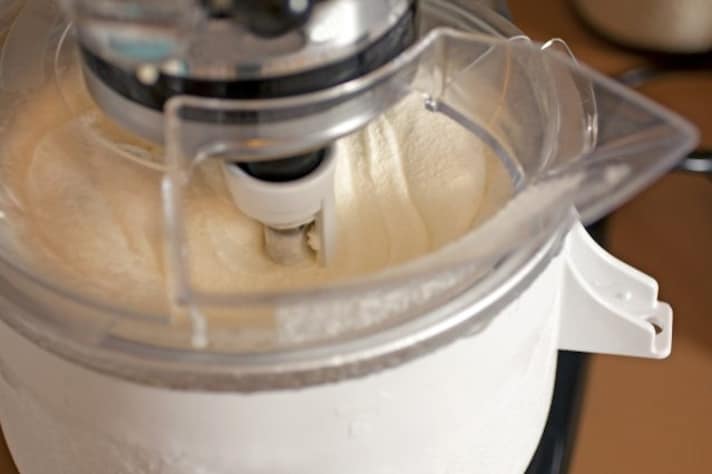
You’ve probably heard that the key to creamy ice cream is churning. But somehow, skipping this step is a common mistake made by novice ice cream makers. Churning your ice cream mix continuously as it freezes helps break up ice crystals, creating that smooth, creamy texture you love. Without it, you'll end up with ice cream that's more like a frozen brick than a scoopable treat. Invest in an ice cream maker, or even a hand churn if you're feeling nostalgic, to ensure your ice cream comes out silky smooth.
Mistake #2: Not Chilling Your Base Before Churning

It might be tempting to toss your freshly made ice cream base into the machine and hope for the best. But skipping the chilling process is a surefire way to sabotage your batch. After making your custard or base, give it time to cool down completely in the fridge. Not only does this help your ice cream churn more efficiently, but it also prevents it from becoming too soft and melting too quickly during the freezing process.
Mistake #3: Using the Wrong Milk-to-Cream Ratio
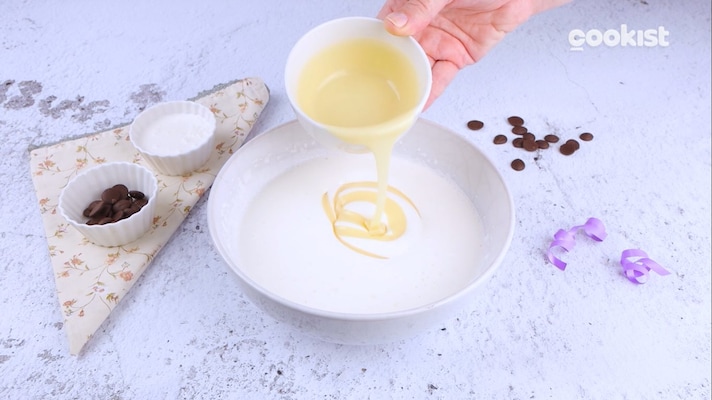
Some people try to shortcut the richness of ice cream by using too much milk and not enough cream. While a high milk-to-cream ratio may sound like a healthier choice, it’s actually a recipe for disappointment. The ideal ice cream base has a balance of fat from the cream to give it that luxurious texture. Too much milk, and you risk ending up with a watery, icy consistency that’s more "frozen slush" than dessert.
Mistake #4: Adding Too Much Sugar (Or Too Little)
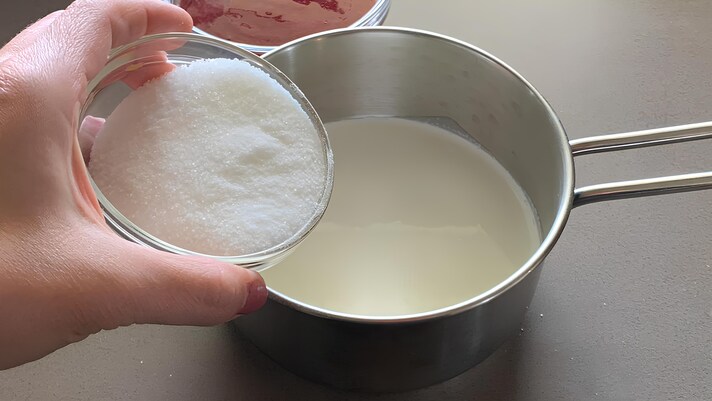
Sugar plays an important role in ice cream—it sweetens, but it also lowers the freezing point, making your ice cream smoother. However, it’s possible to go overboard with sugar. Too much sugar can lead to ice cream that's overly sweet and won’t freeze properly, leaving it too soft. On the other hand, too little sugar can result in ice cream that’s too hard and lacks the necessary texture. The trick is finding the right balance, which is usually about 1 cup of sugar per quart of base.
Mistake #5: Overmixing Add-ins
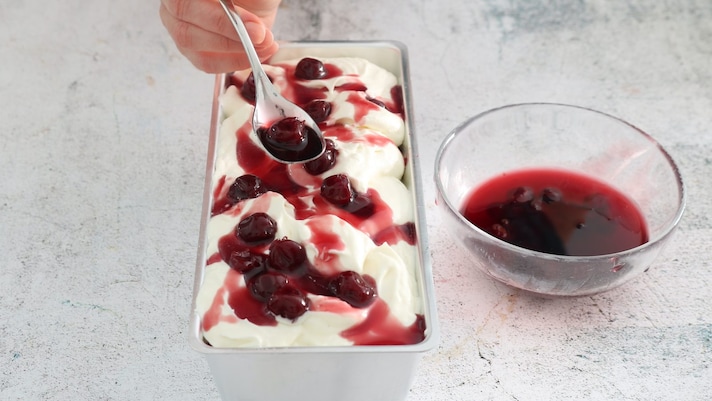
Toppings like chocolate chips, nuts, and swirls of caramel are part of what makes homemade ice cream so fun, but there’s an art to adding them. Mixing in your add-ins too early or too aggressively can break them down or cause them to clump together in unappealing ways. Add-ins should be gently folded into the churned ice cream just before it finishes freezing, allowing them to remain intact and evenly distributed.
Mistake #6: Forgetting the Salt

Salt is a crucial but often overlooked ingredient when making ice cream. In addition to enhancing sweetness, it also helps keep ice cream from becoming too hard by lowering the freezing point. If you’re making a custard base, a pinch of salt will help bring out the flavors and improve texture. For those using an ice cream maker that requires salt in the freezing process, it’s important to follow the correct amount for the ice cream to freeze properly.
Mistake #7: Not Allowing Enough Freezing Time

Homemade ice cream often needs extra time to freeze after it’s churned. The process is typically a two-step affair—churning it in the machine and then letting it harden in the freezer. If you try to serve your homemade ice cream immediately after churning, you’ll end up with something that’s more like soft serve than a scoopable dessert. Make sure you give your ice cream a few hours (or preferably overnight) to freeze properly and reach its full, firm consistency.
Mistake #8: Skipping the Pre-chill on the Ice Cream Maker Bowl
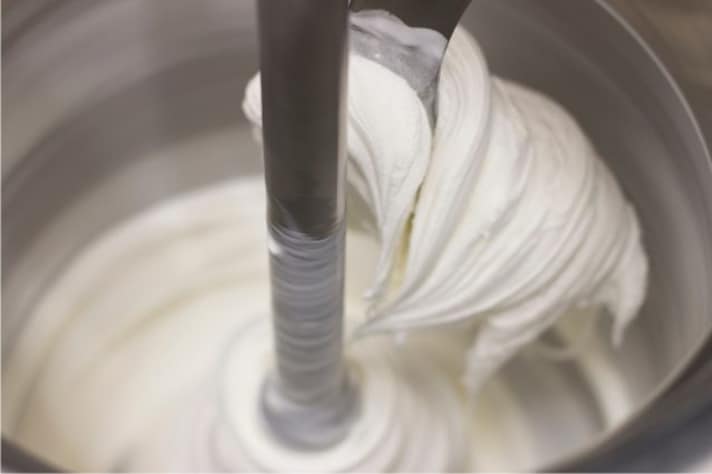
If you're using an ice cream machine with a removable bowl, always make sure it’s fully frozen before use. Many home ice cream makers have bowls that need to be chilled for at least 24 hours before use. If you skip this step, the mixture won’t freeze as quickly and your ice cream will end up with a grainy texture. Always keep your ice cream bowl in the freezer when it’s not in use for the best results.
Mistake #9: Not Balancing Flavors
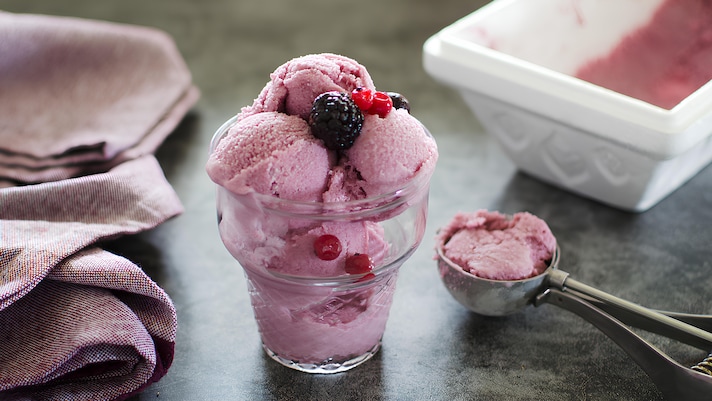
Sometimes, less is more when it comes to flavoring your ice cream. If you overload it with too many extracts, fruit purees, or spices, you’ll risk muddling the flavors and ending up with a confusing, overpowering taste. Instead, opt for balance. Whether you’re making chocolate ice cream, vanilla, or something fruity, keep the flavor simple and let it shine through. Less complex ingredients like vanilla bean, a touch of cinnamon, or a bit of espresso can go a long way without competing with each other.
Mistake #10: Forgetting About Texture
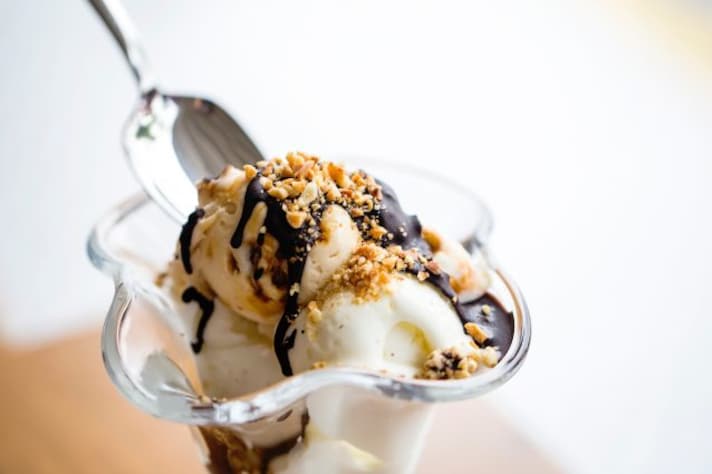
While smooth, creamy texture is the goal, it’s important to pay attention to how your ice cream sets as it freezes. If you’re making ice cream without an ice cream maker, be prepared to whip it every 30 minutes for the first couple of hours to break up ice crystals. For a bit of extra texture and richness, consider incorporating something crunchy, like caramelized nuts or crispy cookie pieces. Just don’t go overboard with the mix-ins—this is still about balance.
;Resize,width=767;)
